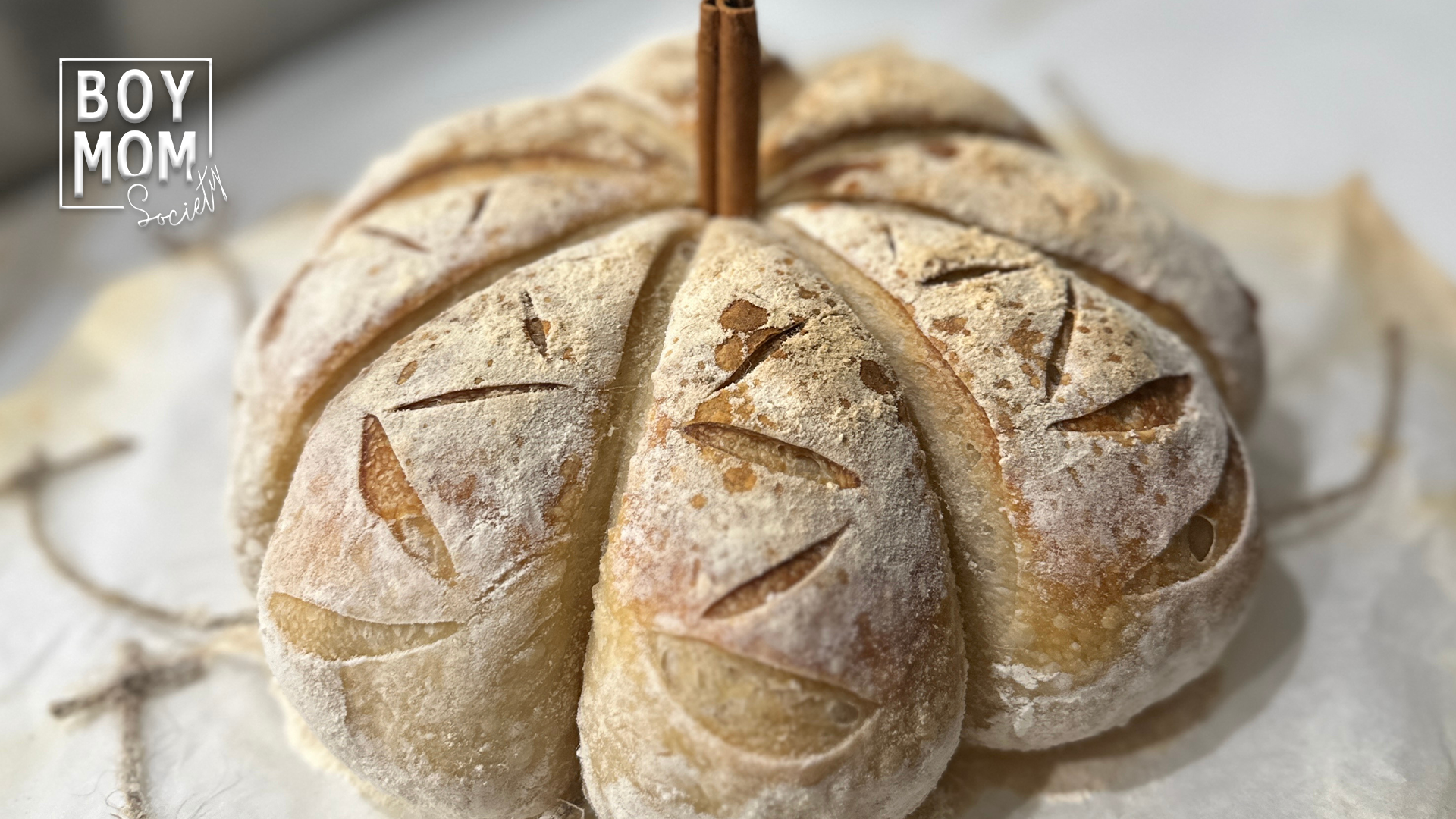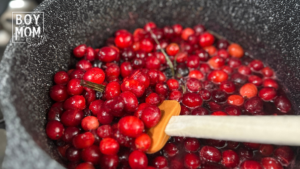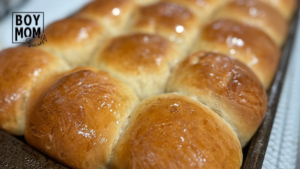Ingredients
- 500g bread flour or all-purpose flour
- 350ml lukewarm water
- 100g active sourdough starter (fed and bubbly)
- 9g fine sea salt
- Prep Time: Approximately
- 8 hours (including resting and proofing)
- Calories Per Serving: 150
Steps
Mix the Dough
In a large mixing bowl, combine the flour and water, stirring until just incorporated. Let it rest for 30 minutes to allow the flour to hydrate (autolyse). Then, add the sourdough starter and salt. Mix until everything is well combined and the dough is sticky.
Stretch and Fold
Perform 4 rounds of stretch-and-folds at 30-minute intervals. To do this, lift one edge of the dough, stretch it upward, and fold it over the center. Rotate the bowl and repeat on all sides during each round.
Bulk Fermentation
Cover the bowl with a damp cloth or plastic wrap and let the dough rise at room temperature for 5–6 hours, or until it has doubled in size and appears bubbly.
Shape the Dough
Gently turn the dough out onto a lightly floured surface. Shape it into a round boule or oval batard by folding the edges into the center and creating surface tension. Place it seam-side up into a floured banneton or a lined bowl.
Final Proof
Allow the dough to rest for 1–2 hours at room temperature, or cover it and refrigerate overnight for a slow, cold ferment (this enhances flavor).
Preheat the Oven
Preheat your oven to 450°F (230°C) with a Dutch oven or baking stone inside. Heat for at least 30 minutes to ensure even baking.
Bake the Bread
If the dough was refrigerated, bake it straight from the fridge.
Carefully transfer the dough (on parchment paper) into the preheated Dutch oven. Bake with the lid on for 25–30 minutes. Remove the lid and bake for an additional 10–15 minutes, or until the crust is deep golden brown.
Cool and Enjoy
Transfer the bread to a wire rack and allow it to cool completely before slicing. This helps preserve the crumb texture.
Tips
Use filtered water for the best results, as chlorine can inhibit the natural fermentation process.
Adjust hydration slightly (add or reduce water by 10ml) depending on your flour type and climate.
For added flavor, substitute 50g of flour with whole wheat or rye flour.
This recipe yields a perfectly crusty sourdough loaf with a soft, airy crumb and deep, tangy flavor. Enjoy it as a base for sandwiches, alongside soups, or simply toasted with butter!









